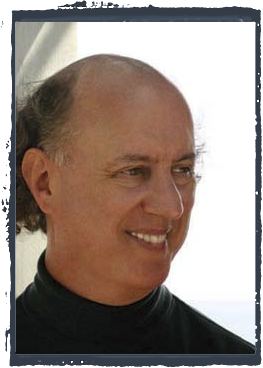Lessons with a Lady, concluded
Before we even sat down, I said, “I did isometric exercises, ten minutes a day.”
She asked, “You are careful to avoid discomfort?”
“Yes! I do it just strong enough to feel it; no more.”
“Good. You must never have pain.”
I continued, “My extensors are really weak! They’re getting stronger, though. But you know, if they’re too weak for pianissimo, how can they be adequate at mezzo-forte, as it seems like they are?”
“Yes, this puzzles me,” she said. I like that she doesn’t pretend it’s all cut and dried. She went on, “Perhaps they are strong enough for medium-loud playing but our wrong associations for soft playing are more deeply ingrained than we think.”
“So we have more to fight against,” I asked, “more to unlearn, than we realize?”
“That’s what I wonder. It does seem the extensor muscles are too weak for soft playing—not only for you but for most students. But at the same time they often seem fine at mezzo-forte. Let’s keep thinking about this while you continue on this good path to reliable soft playing. Continue the isometrics six days a week; and continue training your association between dynamic level and stabilizing force.”
She went on, “You know, I have taught students from many countries, and they have certain problems in common—their average dynamic is much too loud, you cannot dance to their playing, and so on. And unreliable soft playing is one of them. This is odd to me, because as you see, this problem is not so hard to understand and fix. Right?”
“Right!”
“So you see the picture. Let us look at it together. There are two parts to the solution, namely—?”
I thought carefully, then said, “Adequate strength in both sets of muscles—flexors and extensors—for stabilizing the finger at any dynamic level. Correct association between dynamic level and stabilizing force.”
“Yes. Perfect. That’s all. From now on, you will simply integrate this practice with your repertoire learning. Let’s see how it goes for the next four lessons, eh?”
“Yes, ma’am.”
She pinched my cheek.
On my way home, there was a lovely breeze in addition to that created by the motion of the bike. I was thinking how analytical she is, given the spirituality of her playing. I’d always thought spirituality and passion were enough. They’re not. Or maybe they are, for the really gifted ones. I wondered if she’d needed such instruction, or if she’d played a beautiful pianissimo instinctively, from the beginning. Maybe she figured it out analytically just to teach better.
End of multi-part “Playing Softly.” Thanks to Prof. Geo. Moore.
Singing is first: I once gave a week of daily clinics for Yamaha International’s top 100 teachers from North America. One teacher brought a problem from her own practicing: she couldn’t play a certain octave jump accurately. I did not ask her to show us how she could not do it, as this would perpetuate it. Instead, I invited her to sing the jump. She could not; but with a few minutes’ work she could sing it accurately three times in a row. Then I asked her to do it another three times: two singing, one playing. All three were perfect! Moral: If we can’t sing something, we should not be surprised that we can’t play it. And if we can sing it, often no further work is needed.
